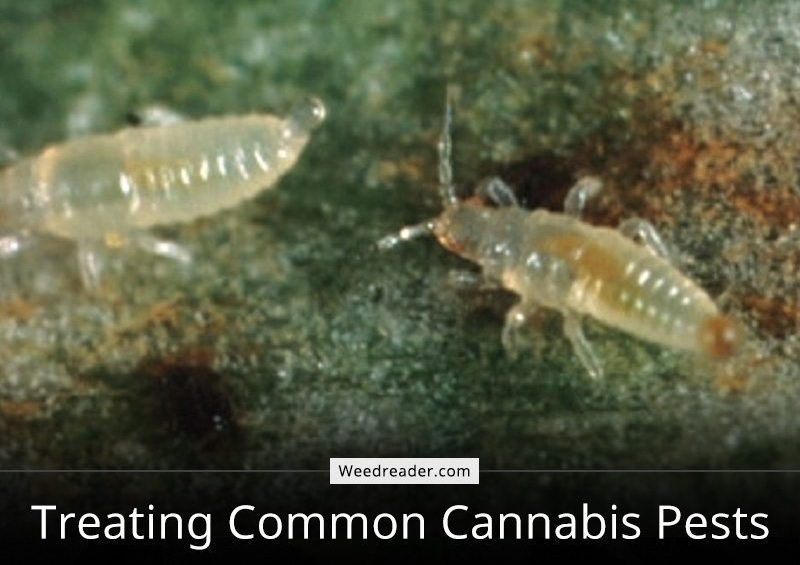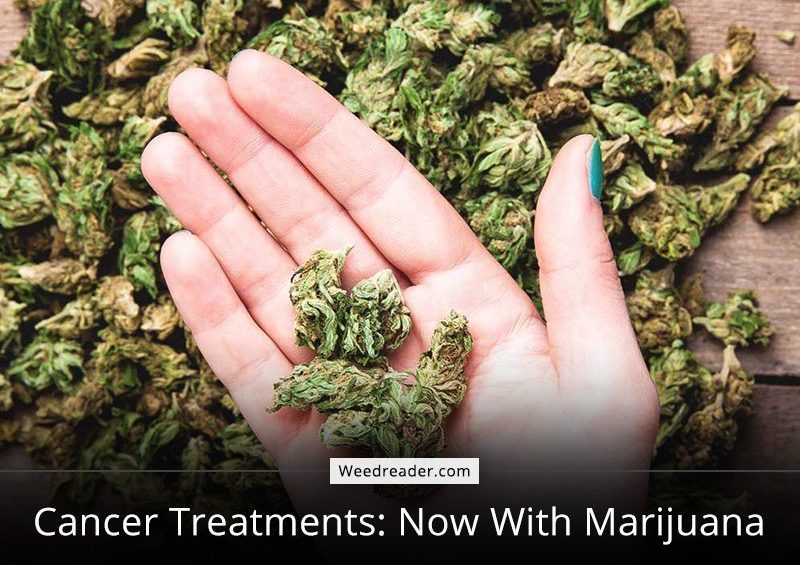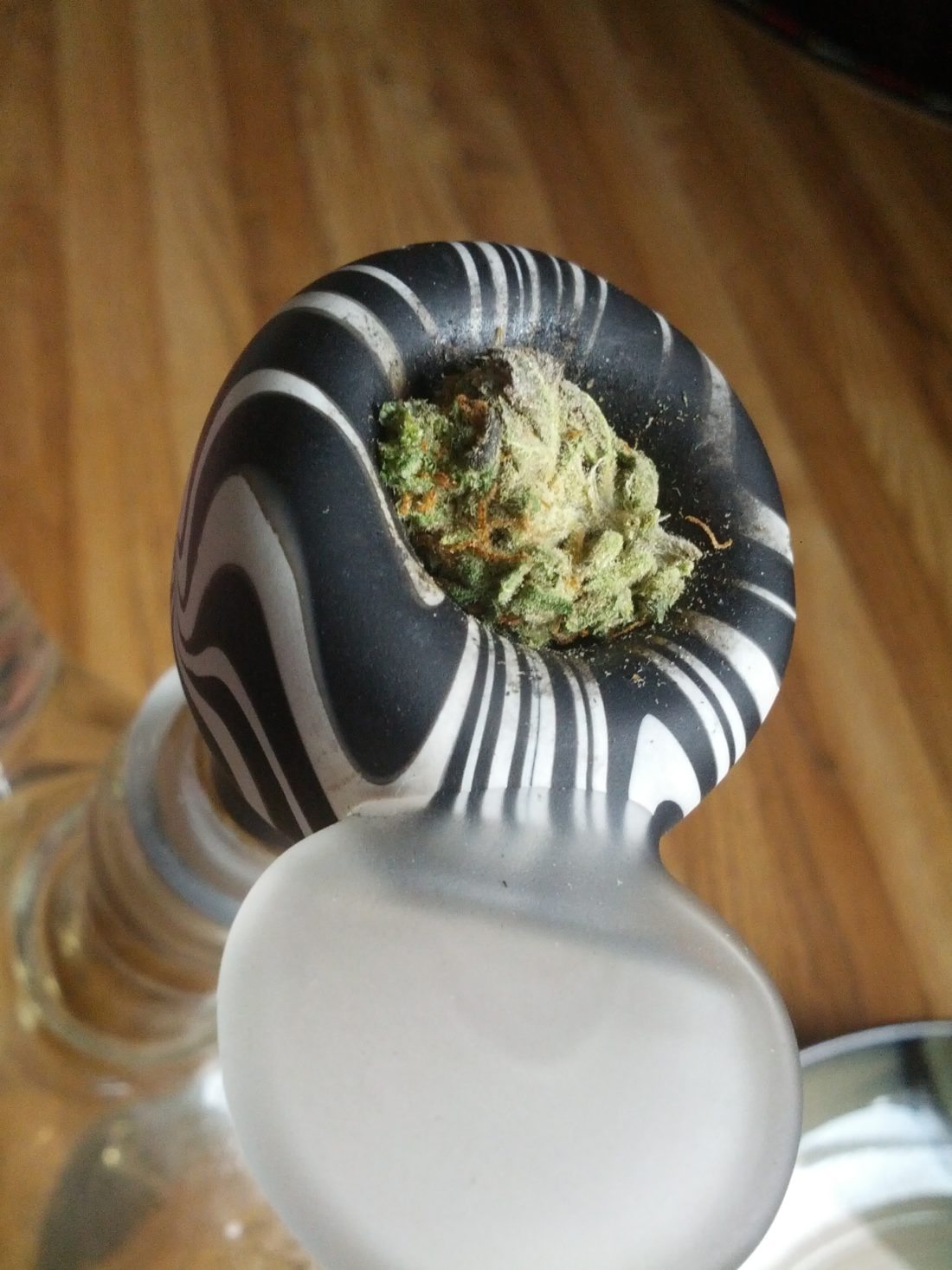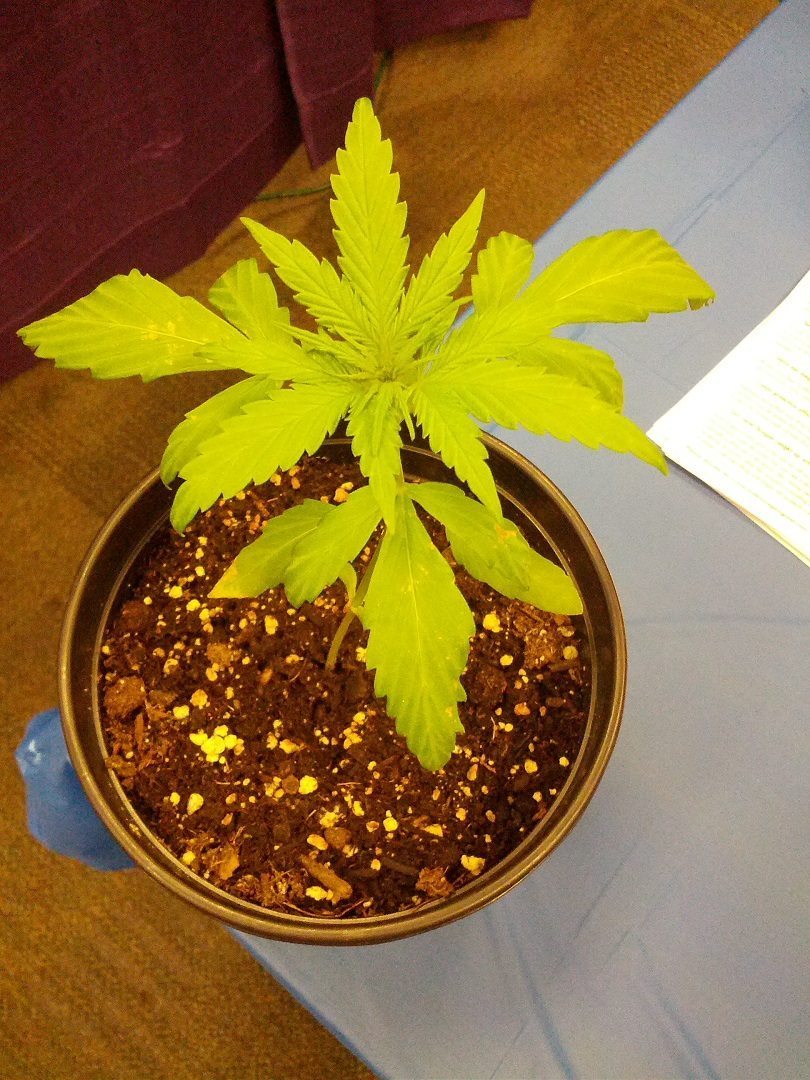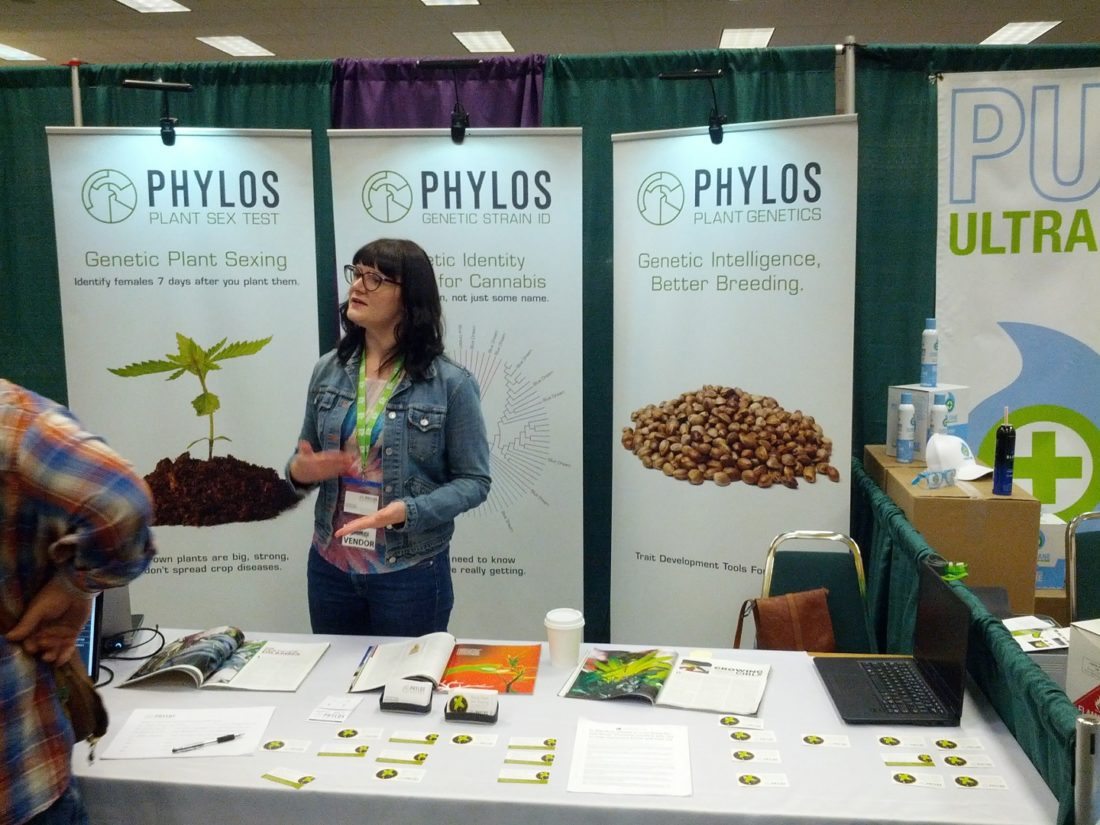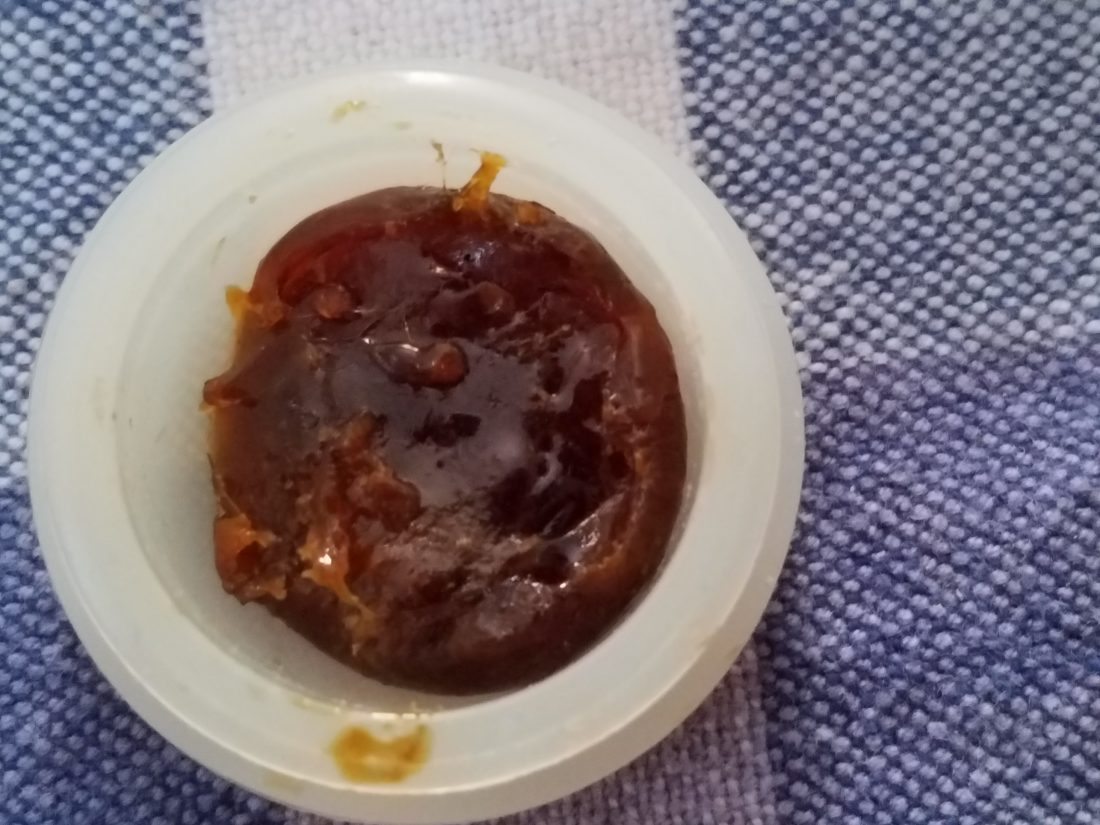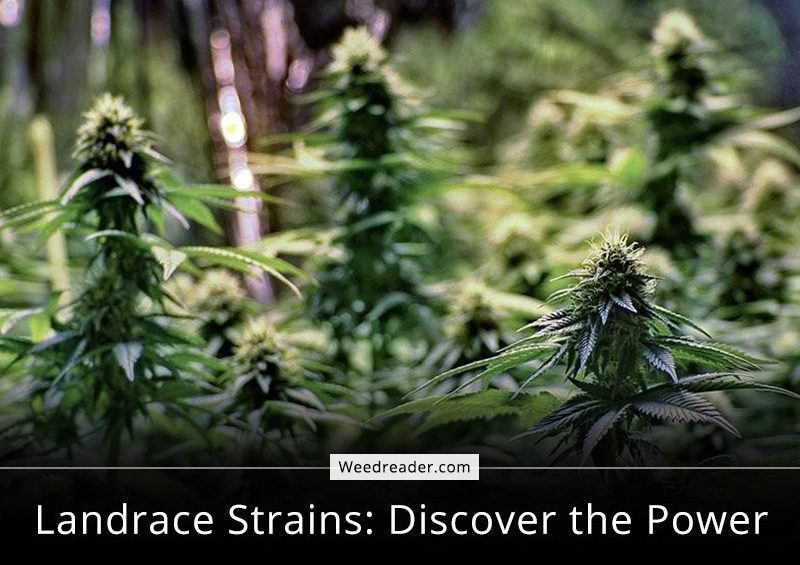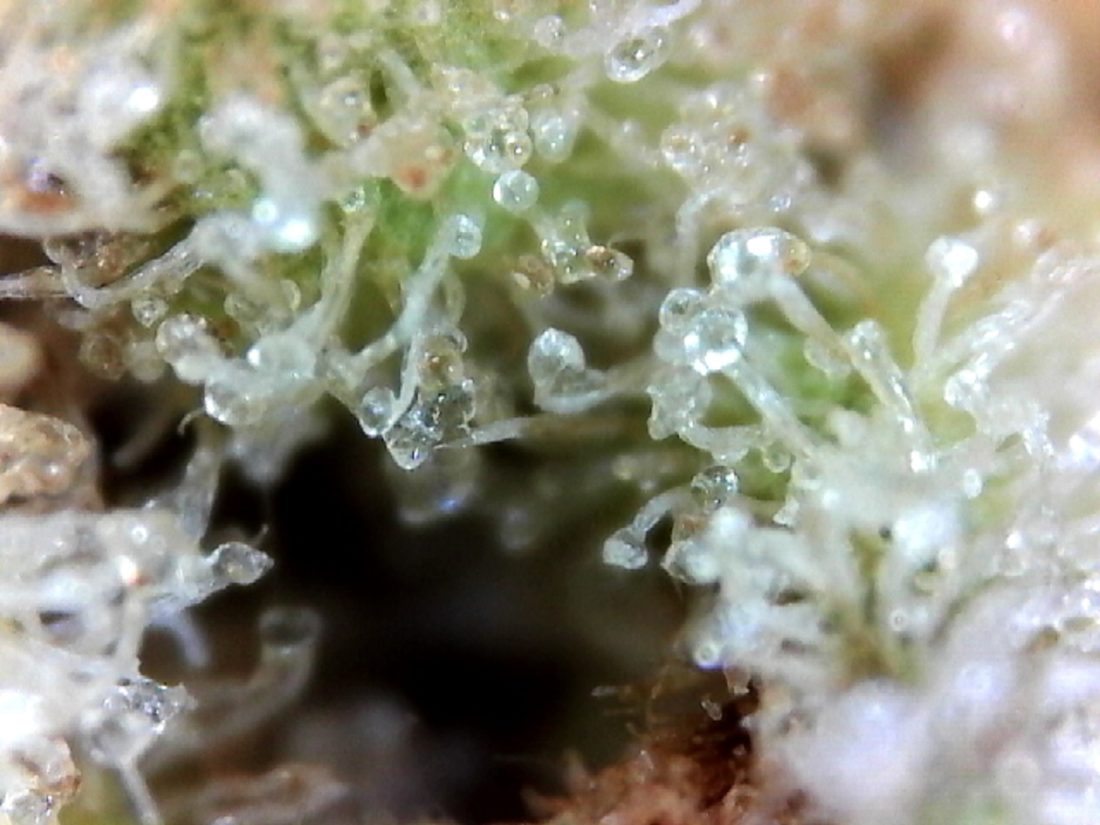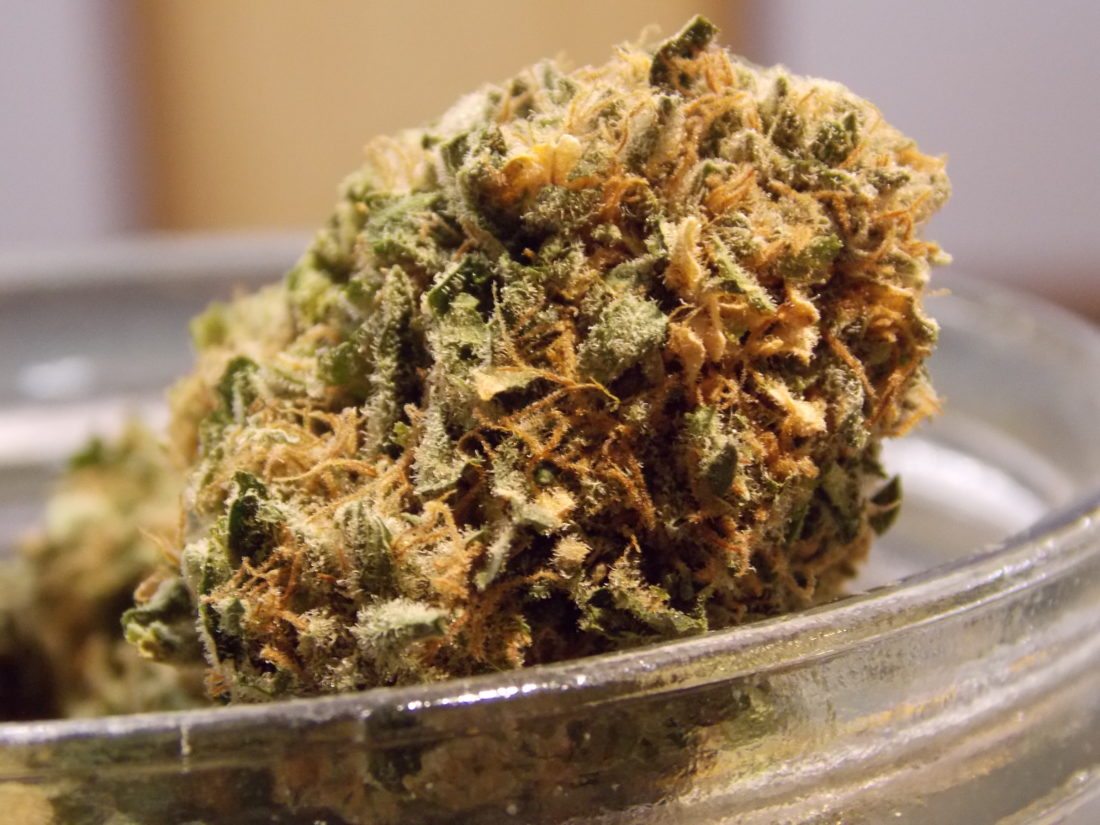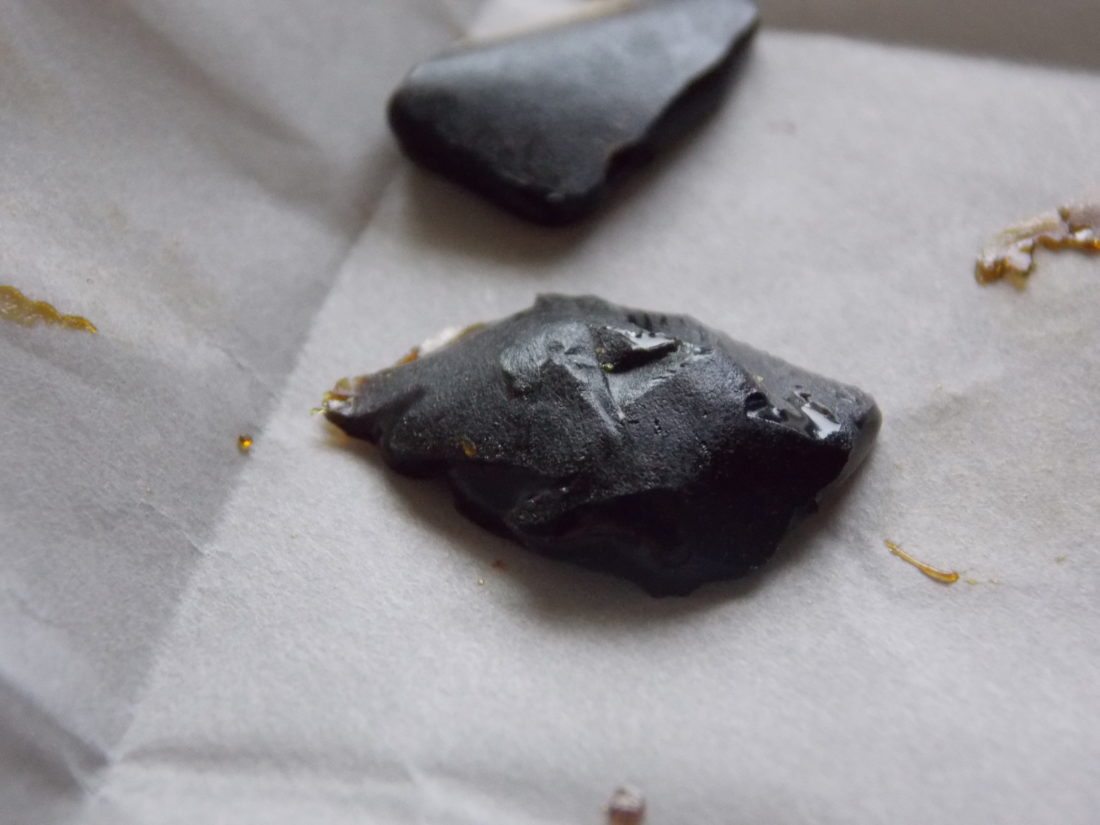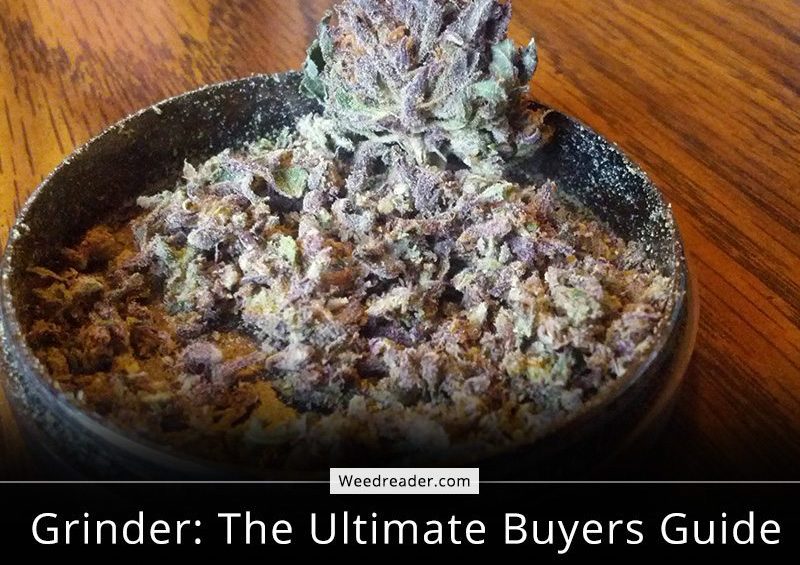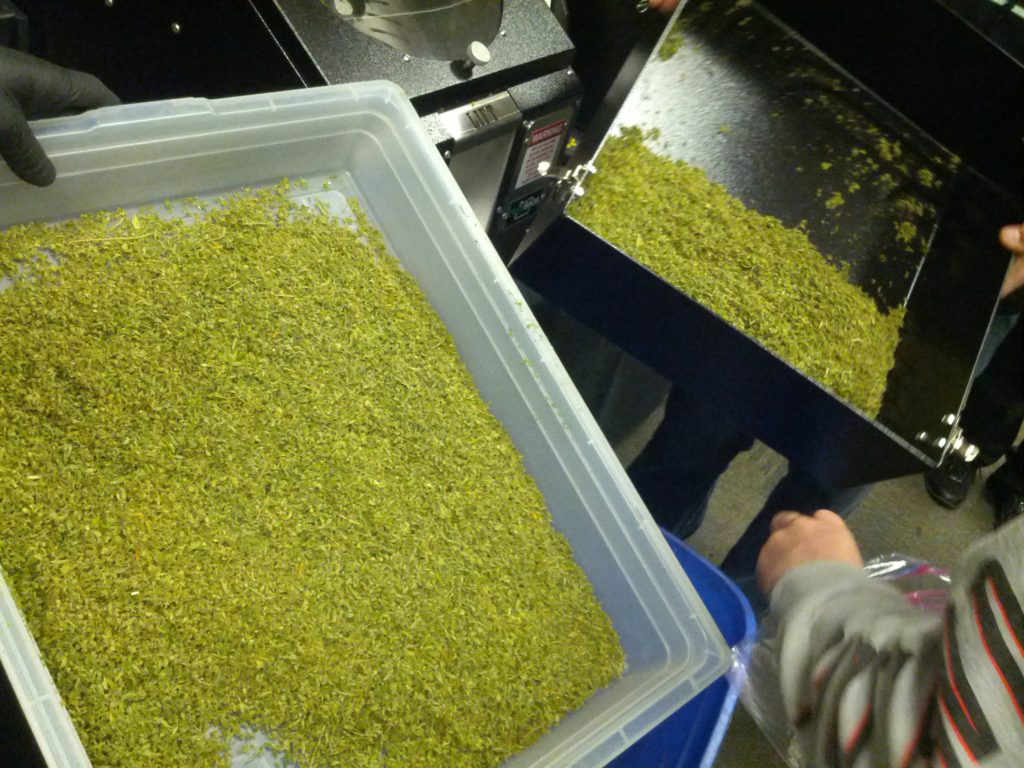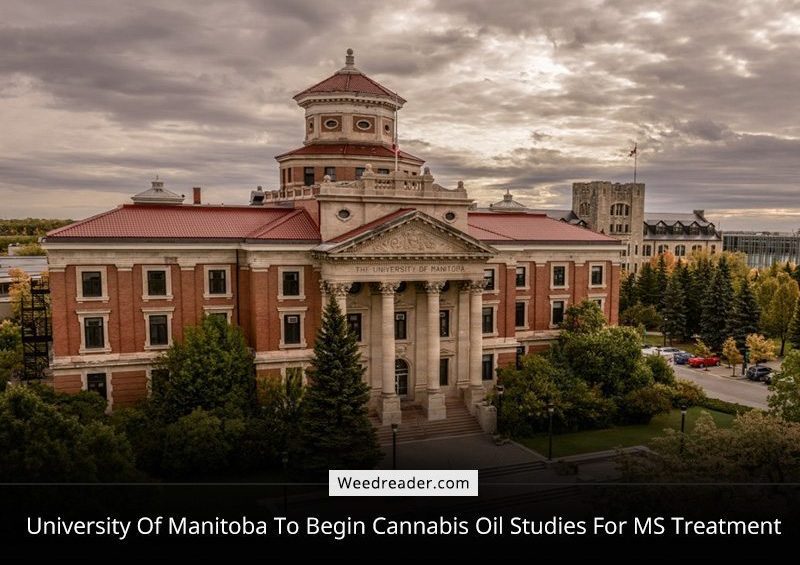Concentrates are becoming a major player in the cannabis industry.
The word “Concentrates” often refers to the wax you vaporize, the tincture under your tongue, and your orally administered CBD oil. The potency of these cannabis products is steering consumers toward the more concentrated forms of weed. This is especially true as the therapeutic potential of non-smoking consumption is becoming better known.
People around the industry are taking notice of the meteoric rise in popularity of concentrates. OpenVape CEO Ralph Morgan believes cannabis concentrates will be more popular than smoking buds in the coming years. “I see concentrates becoming a part of folk’s daily regimen,” Morgan said in an interview.
The Cannabist’s concentrates expert Ry Prichard agreed with Morgan’s statement and his timeline. “Most of the clients that I work with have seen their sales go from 20 percent to 30 percent to 40 percent and now they’re about even,” Prichard said, “and a lot of shops, especially on the boutique end of the spectrum, are 70 percent concentrates.”

Concentrates make up a large segment of the current market.
Under the rubric of cannabis concentrates falls anything created through an extraction process. Solvents like butane, propane and CO2 strip the active compounds from the cannabis plant. Solventless processes also exist that can produce increadibly high concentrations as well.
Some types of extracts test in the 70-80% THC, while others are instead rich in non-psychoactive compounds like CBD. There are a lot of intricacies to cannabis and new methods of extraction are being developed regularly as the market expands. Here is a quick rundown of the most popular products the average consumer can buy that fall under the rubric of “concentrates”.
Solventless Extracts
Many solventless extractions are offered in less stable, sappy forms. Their color can vary from a golden opacity to a darker amber depending on production factors. Cure time and starting material play a big role in dialing in these nuances.
Heat, pressure, and exposure can impact the consistency of these products. Higher temperatures tend to create stable products that more resemble shatter, whereas lower temperatures often produce sappier, less stable products. Both high and low temp products appear on dispensary shelves these days and have begun to form respective niche markets.
Kief
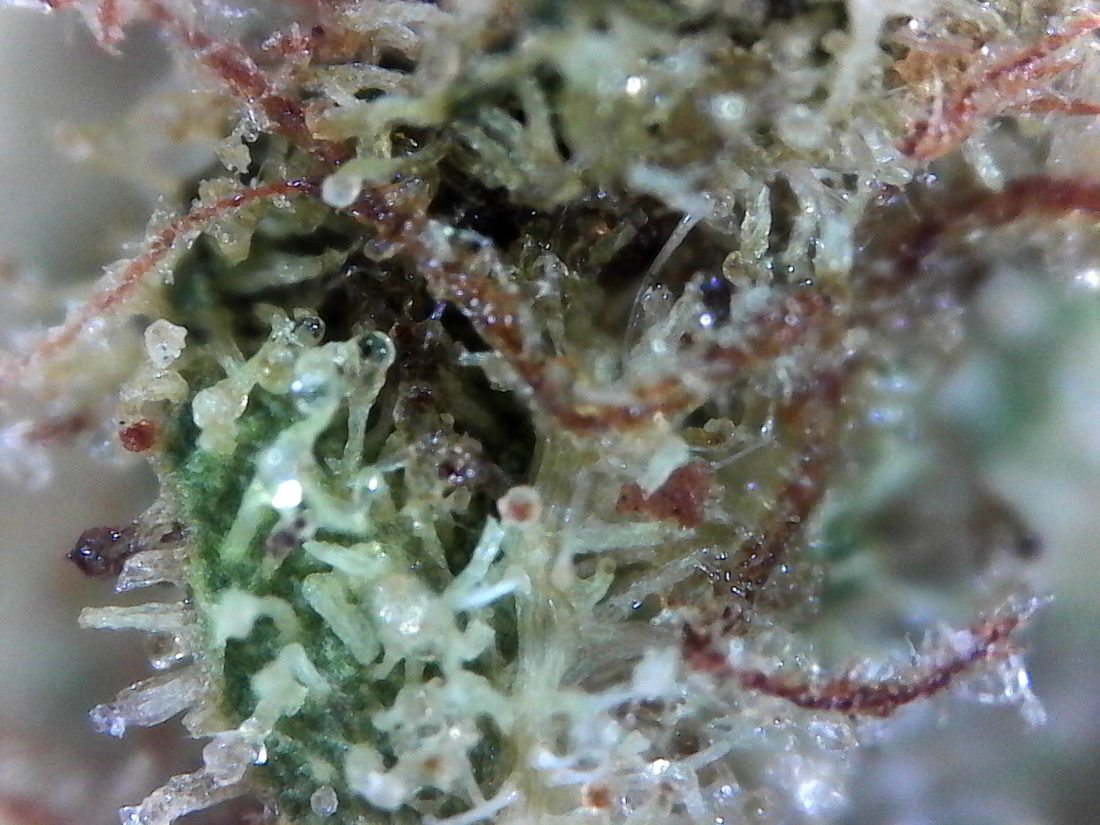
Also known as dry sift or pollen, kief is made up of the resin glands called trichomes on cannabis flowers. These glands produce the terpenes and cannabinoids that bring the diversity of flavors and effects to cannabis. Kief is often used to make hash and is commonly collected in a grinder. It is normally sprinkled onto flower cannabis or vaped directly for a more potent high than smoking flower alone.
Rosin

Rosin opened the door for several different new products. Solventless shatter, a type of rosin that maintains a glass-like consistency, may resemble butane hash oil in appearance but is manufactured with nothing more than heat and pressure. Hash oil of this consistency is obtained through the acquisition of key genetics and the right combination of heat, pressure, and exposure to heat.
Hash

One of the oldest products in the cannabis industry is has. This concentrate is made by compressing the plant’s resin. Where kief preserves the structure of the trichomes, hash tries to merge them into a single superstructure. The powdery kief normally that coats your cannabis flowers can be collected and pressed together to form hash.
Solvents like ice water or ethanol may be used to more effectively strip the plant of their cannabinoid-loaded crystals but are not required. This method produces less potent results than BHO and other cannabis concentrates but remains a staple of cannabis culture around the world.
Budder
Another variation of hash is budder. Also called cake batter or “whipped” rosin, these products are created by incorporating light heat and agitation to rosin. The result is a whipped consistency that looks very similar to a salve of some sort. This technique has been known to significantly increase the aromatic properties of the hash oil it uses.
This method provides a new creamier texture that can be much easier to work with than shatter or sappy consistencies. While many retailers are beginning to sell whipped hash oils, the process can be achieved easily at home with preexisting rosin by simply stirring it with a warm dabber tool.
Solvent Based Extracts
Butane and propane are popular solvents used to extract cannabinoids like THC and CBD from cannabis plants. They are some of the more dangerous methods as well due to the explosive nature of the two solvents.
Extraction can be done at home using simple equipment and is also done on large scales, but the process is almost the same. To start, fill a tube (metal or plastic) with plant material. The quality of the material used directly affects the quality and yield.
C02 Oil
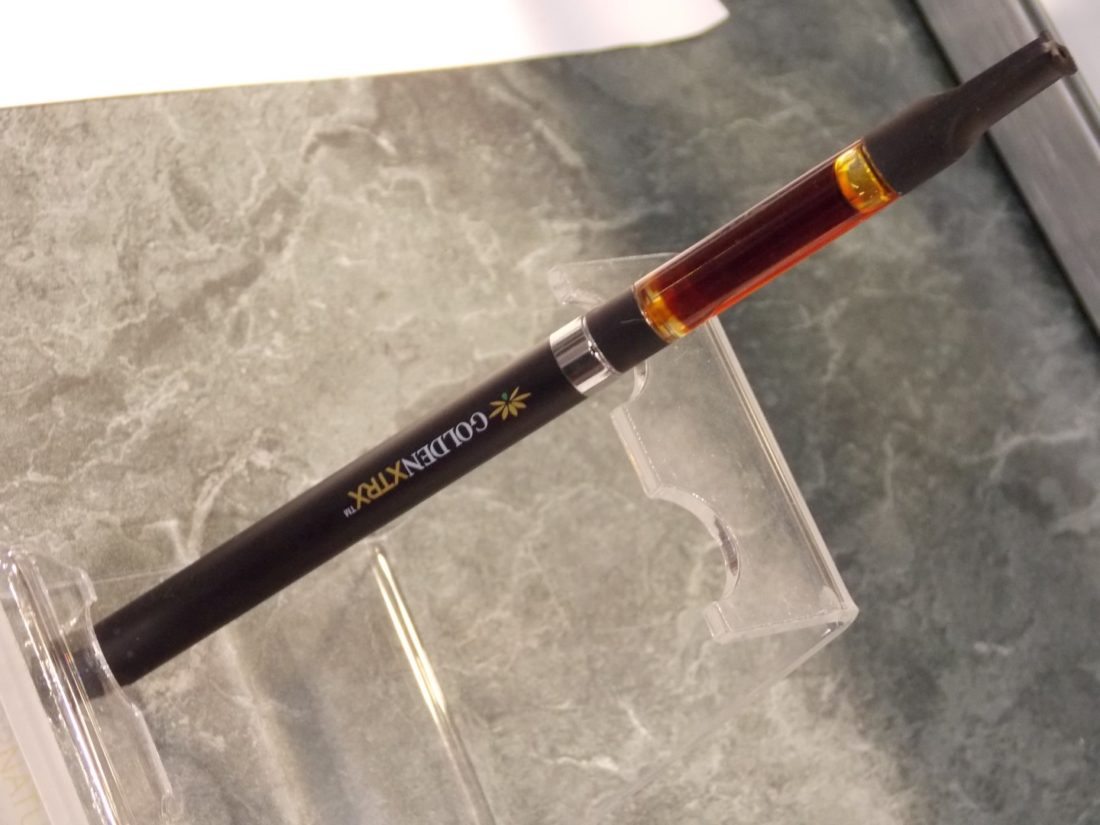
Supercritical fluid extraction is another method commonly used to extract cannabinoids. While it is possible to use other gasses, C02 is the most commonly used gas for this method. CO2 has the benefit of not causing harm if not fully purged from a product like butane.
C02 has become the connoisseur’s extraction choice because it goes past “critical” at around 90 °F, a temperature well below the deactivation temperature for cannabinoids. This means more flavor is preserved and a clearer high is produced than with other methods.
This extraction method relies on pressure and temperature to extract the terpenes, cannabinoids, and waxes from the cannabis material. Extractors use this knowledge of which temperature and pressure each terpene, cannabinoid, and wax separate them from the homogenous solution of marijuana material. This way they are able to target certain flavors and “types of high” produced by the genetics they are using or add additional flavorings.
Butane Hash Oil (BHO)
BHO, or butane hash oil, is an extremely potent concentrate used in dabbing and other vaporization methods. Cannabinoids are drawn out of the plant with butane which leaves behind a wax. The wax will either remain sticky or harden up, resulting in a crumbly “honeycomb” or a glasslike “shatter.” Because its THC content can reach into the 70-80% range, BHO is a popular remedy for people who need the highest concentrations available.
BHO is relatively easy to produce at home or in an industrial setting. After covering one end of a tube with a filter or mesh screen (with holes small enough to prevent plant material from seeping through), butane is sprayed into the tube. Refiners then allow the resulting cannabis-butane solution to drip into a glass dish below the filter end of the tube.
The butane must be purged from the solution for safety by heating the solution in a hot-water bath. The solution is slowly heated until the escaping gas produces bubbles.The water-bath quickly becomes cold, so it frequently changed or a heating plate is used until the solution is fully purged of solvent. The remaining “goo” is cooled and then used as the concentrate known as shatter.
Rick Simpson Oil (RSO)

In 2003 a man named Rick Simpson treated his skin cancer using a homemade cannabis remedy. By soaking the cannabis in pure naphtha or isopropyl alcohol and allowing the solvent to fully evaporate, a thick tar-like goo is created. Also known as Phoenix Tears, Rick Simpson Oil (RSO) can be ingested or applied directly to the skin. Many businesses sell their own renditions of the Rick Simpson Oil these days. Some are high in THC while others contain only non-psychoactive compounds like CBD.
Tinctures

Up until prohibition of cannabis in 1937, tinctures were the most common form of cannabis medicine in the United States. A tincture is a liquid concentrate using alcohol for extraction. Alcohol pulls out many of the plant’s beneficial cannabinoids and is stable to work with. A few drops under the tongue is a normal dose, but patients can safely use more as needed. Tinctures are a great way for patients to medicate without having to smoke and come in a variety of flavors.
Thanks for reading.


